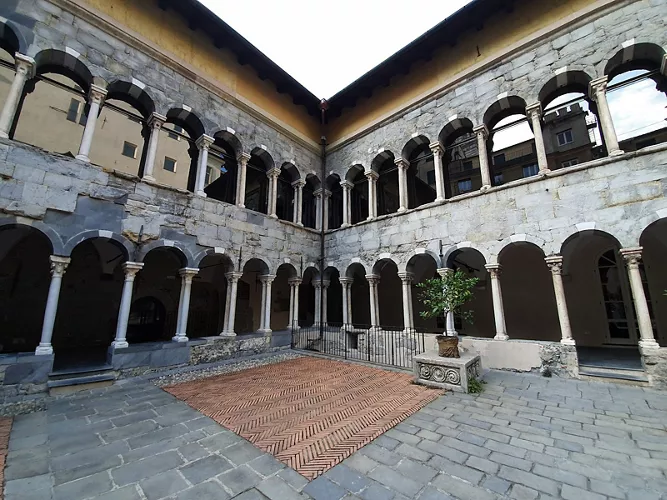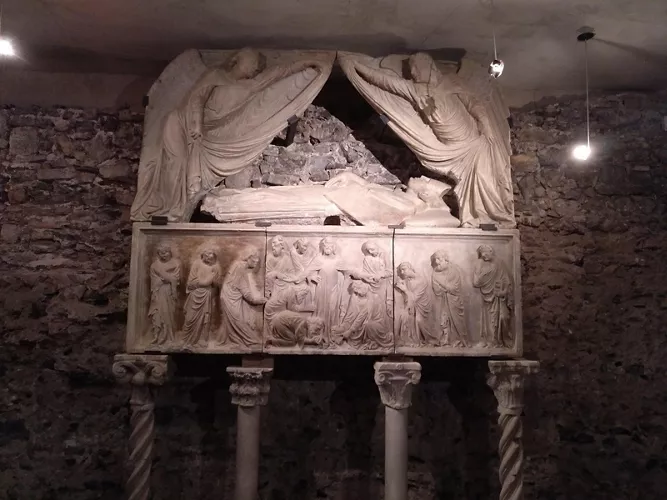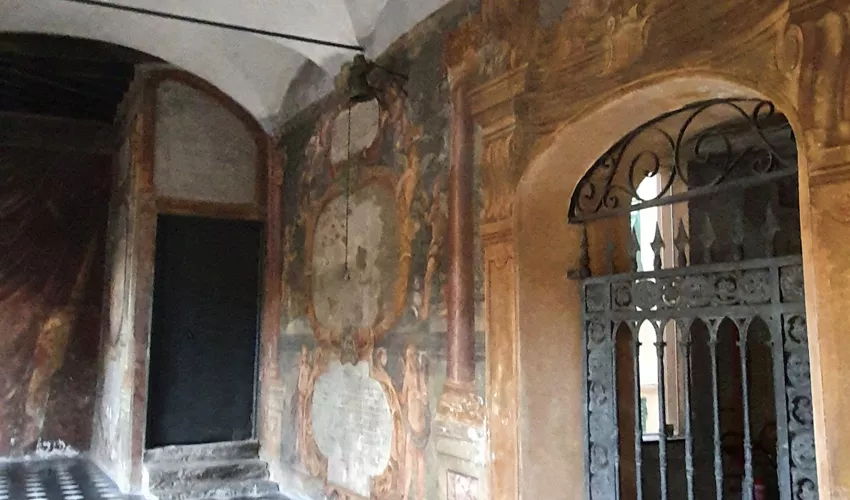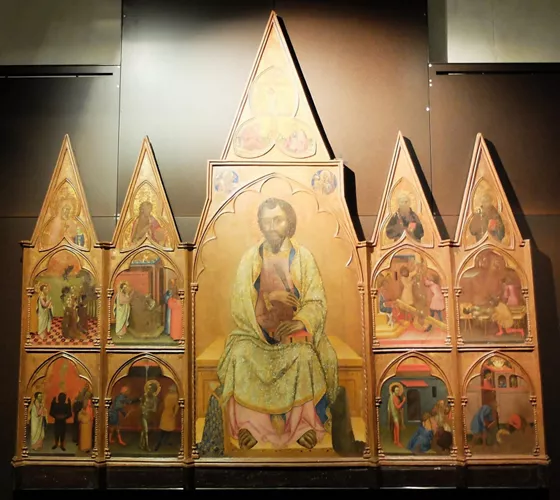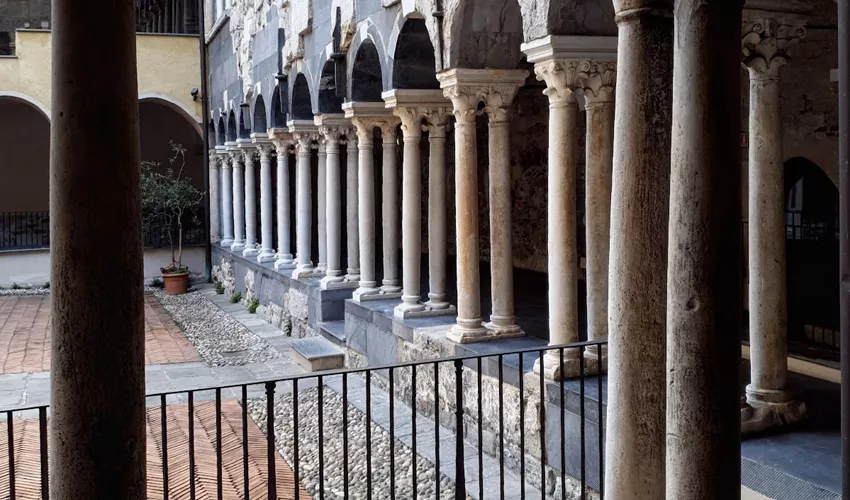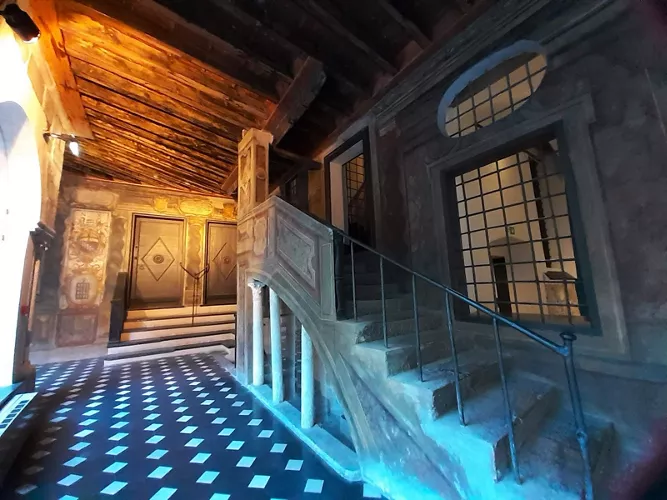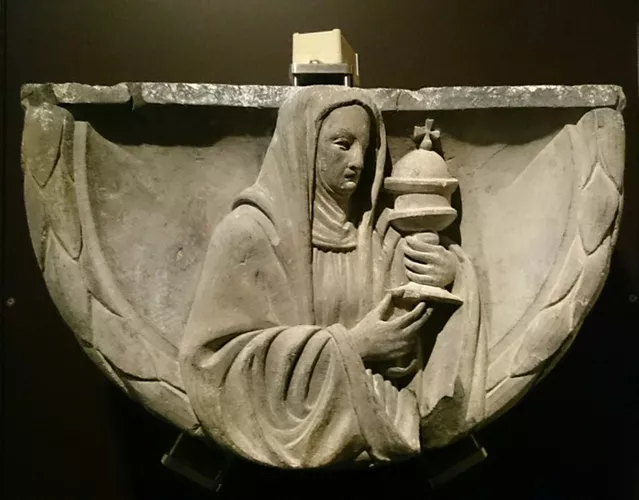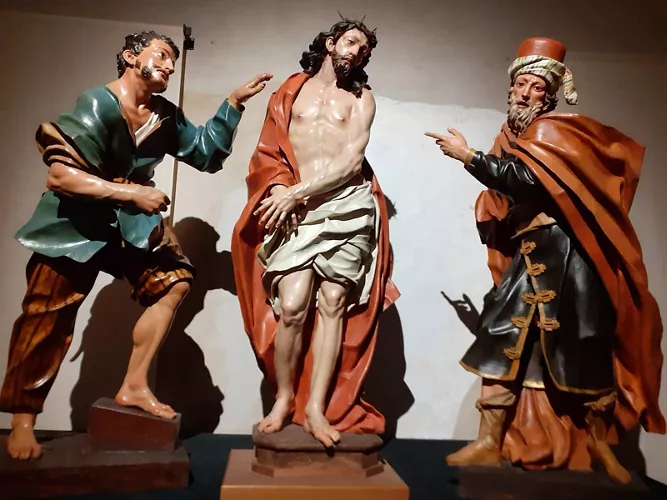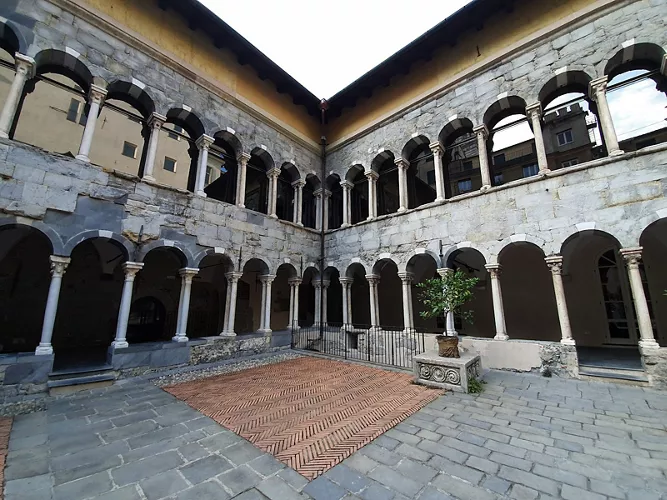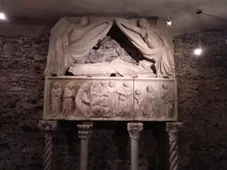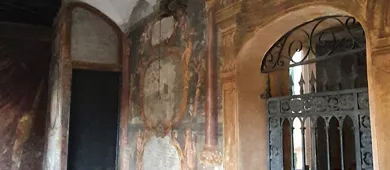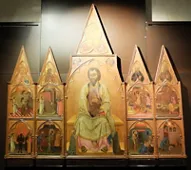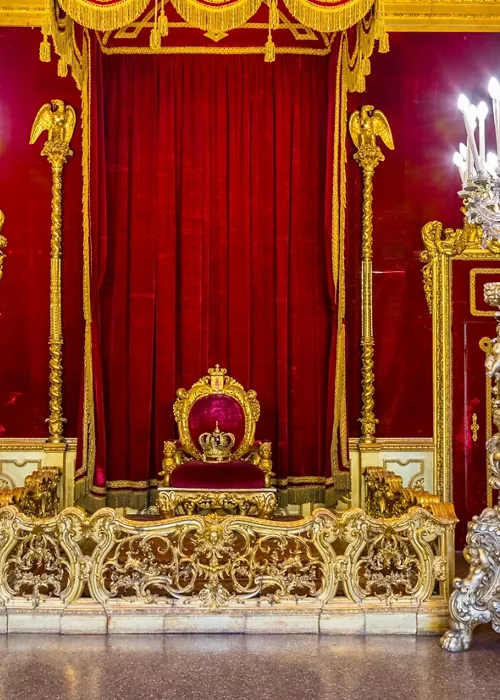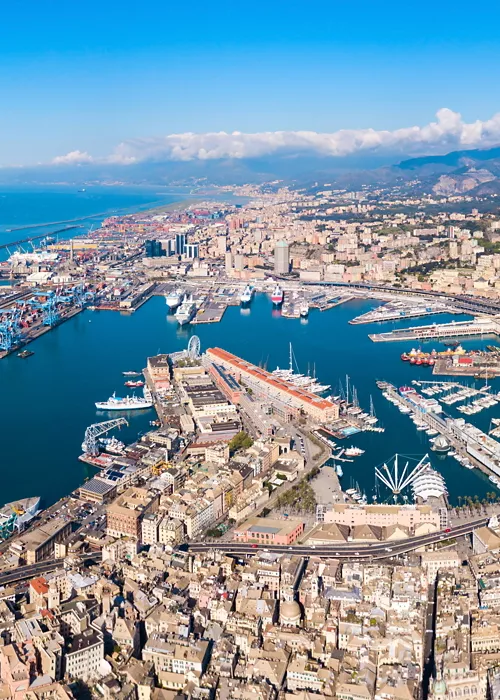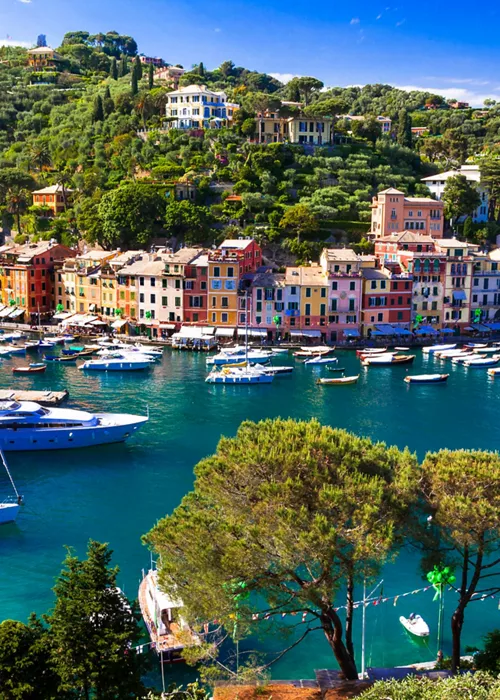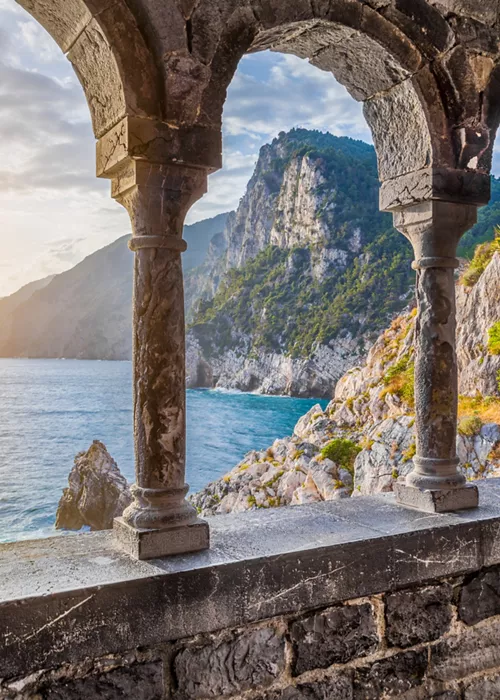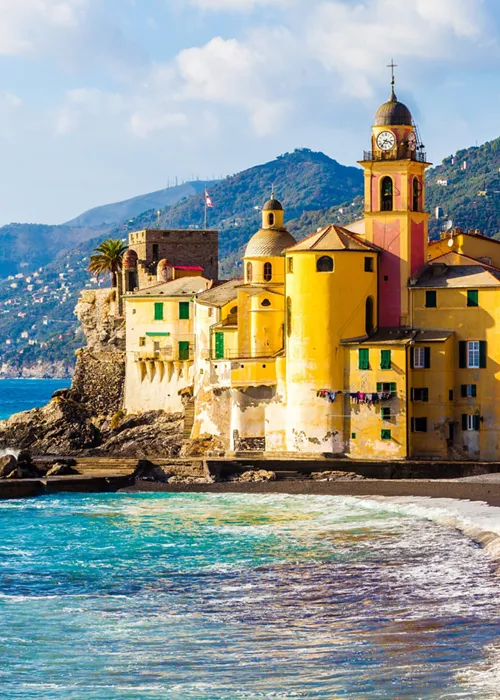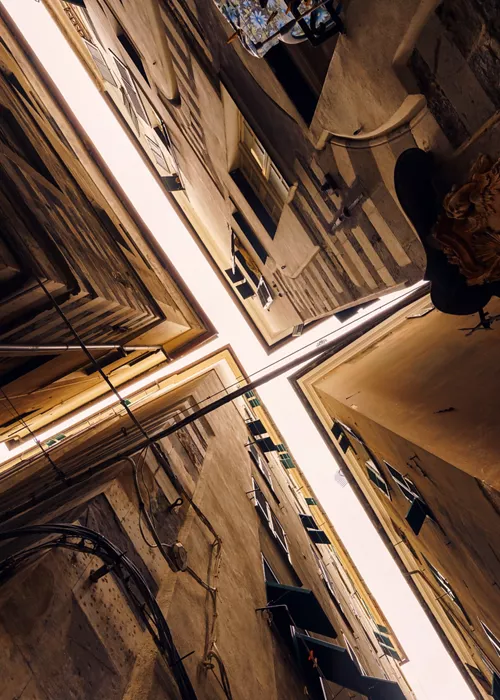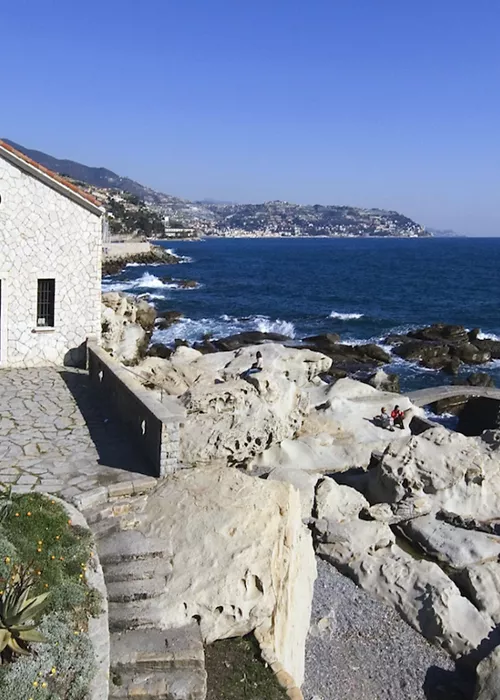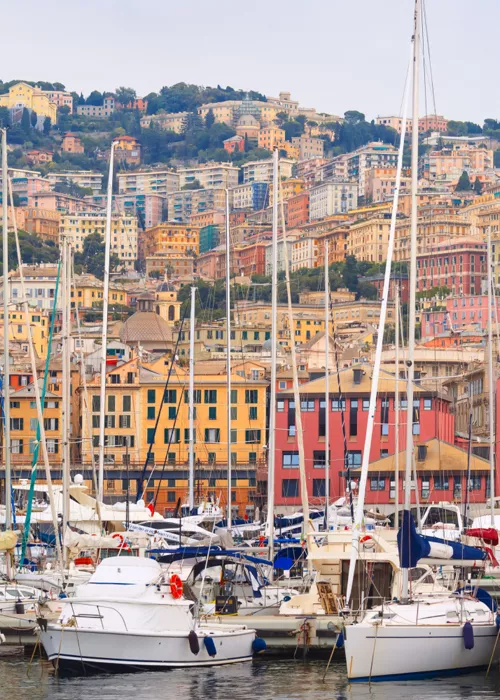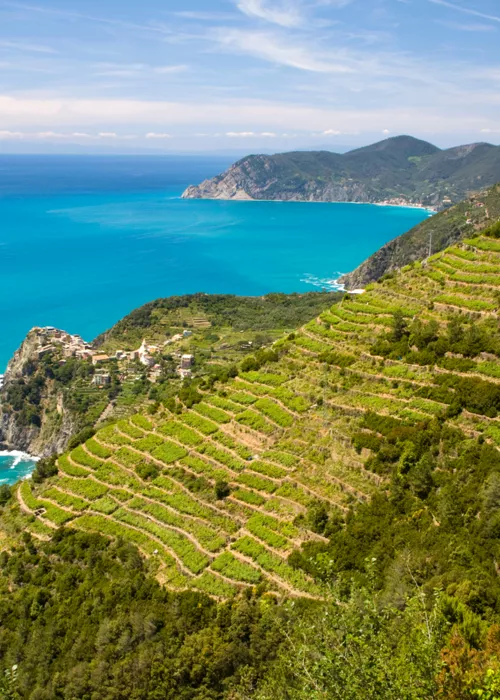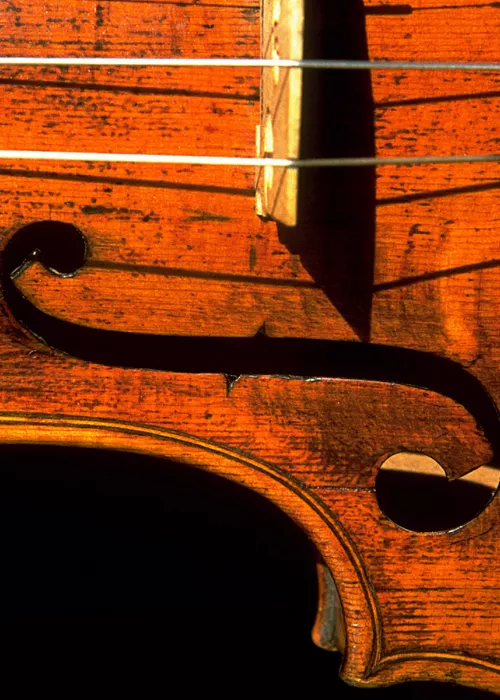Visiting the Diocesan Museum is a valuable opportunity to learn more about the history of the city and to rediscover some works that testify to the vicissitudes of the Church of Genoa. Here you will find art objects and figurative representations firmly connected to the rituals and religiosity of the indigenous communities. The exclusive artistic production that is linked to the history of the Diocese is presented in chronological order. The underground rooms contain archaeological remains from Roman times and funerary objects that tell the story of ancient events. The "gold backgrounds" by Barnaba da Modena, a fragment of the fresco in the de Marini Chapel by Cristoforo De' Mottis, other 14th-century sculptures, and the extraordinary funeral monument of Cardinal Luca Fieschi are the most significant examples of Ligurian medieval and Renaissance painting and sculpture. The "Polyptych of St. Lazarus" by Pietro Francesco Sacchi, the "Dossal with the Stories of the Baptist" painted by Teramo Piaggio and Andrea Semino, as well as "The Pietà" with St. John the Baptist and St. Nicholas of Tolentino by Agostino Bombelli are works that illuminate the development of Genoese figurative art in the first half of the 6th century. Of unsurpassed beauty is the antependium on which is depicted the "Lamentation over the Dead Christ", made by an anonymous Flemish embroiderer around 1515, and the precious "Repository" in embossed silver, finished in gold and donated to the Church of San Siro in 1615 by Placida Doria, granddaughter of the great Admiral, whose images are featured on the band at the base together. In the two rooms on the first floor, on whose walls fragments of medieval frescoes are preserved, there is also a Byzantine cross and a series of German-made embossed, chiselled and punched brass trays (15th and 16th centuries). One section is dedicated to the exhibition of furnishings, vestments and fittings, with a scenographic layout reproducing the striking Baroque altar vestment and the image of a procession. Finally, Domenico Fiasella's extraordinary "Madonna of Loreto" and Gregorio De Ferrari's impressive canvases, such as "Transito di Santa Scolastica" and "Tobias buries the dead", are examples of the city's great artistic value. A rich heritage of works of art testifies to the profound Christian tradition and brilliant past of the Maritime Republic, which in 1637 crowned the Virgin Mary "Queen of the City", as can be seen in the 18th century frescoes in the upper ring of the cloister.



